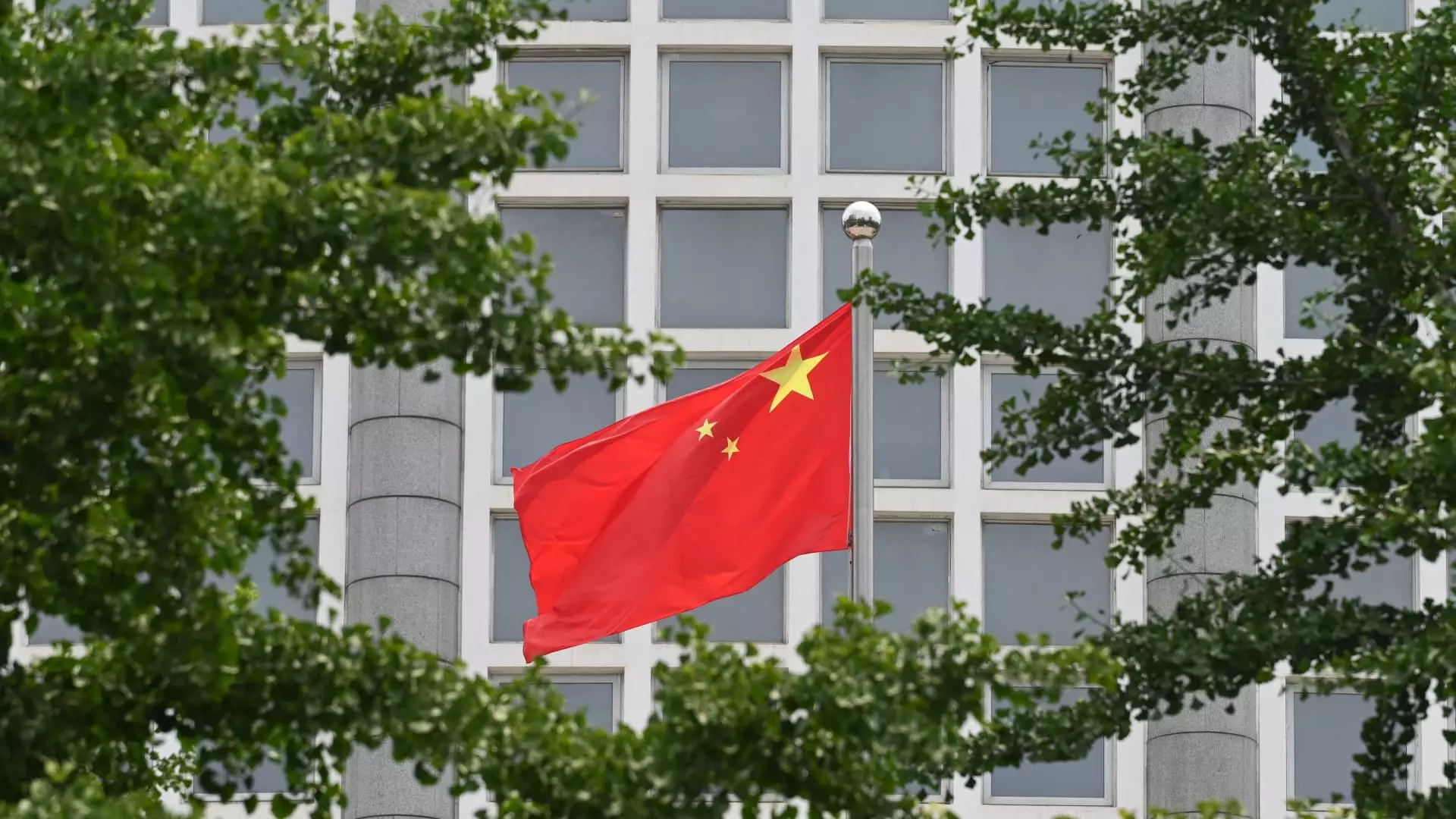Amid ongoing economic turbulence, China’s National Development and Reform Commission (NDRC) is tasked with navigating the complexities of revitalizing the nation’s economy. On Tuesday, Zheng Shanjie, chairman of the NDRC, held a press conference to reiterate the government’s commitment to economic growth. His statements, however, fell short of the expectations of many investors looking for robust, new stimulus initiatives. Instead, Zheng highlighted measures designed to support local governments, bolster regional growth, and enhance domestic spending—all crucial in an environment marked by uncertainty.
China’s intention to accelerate the issuance of special-purpose bonds to local governments is a core strategy in this economic revival plan. This announcement underscores the government’s recognition of the pivotal role that local initiatives play in driving economic momentum. Furthermore, Zheng confirmed that ultra-long sovereignty bonds amounting to 1 trillion yuan have already been mobilized to fund essential local projects, a step designed to bridge immediate funding needs and foster economic activity on the ground.
The initial reaction of the Chinese stock market to Zheng’s press conference was one of cautious optimism, with major indices showing a steep rise on the day after the Golden Week holiday. Nonetheless, the absence of announcement of a substantial new stimulus plan kept investors on edge. Such market dynamics reveal a broader concern among investors: the lingering effects of a sluggish recovery from the COVID-19 pandemic and the protracted challenges facing the property sector. Specifically, Chinese authorities had previously expressed urgency over the ongoing economic slowdown, hinting that growth targets for the nation may be at risk.
While Zheng’s pledge of a 100 billion yuan investment plan slated for release by the end of the month signals a proactive approach, it remains to be seen whether this will suffice to rejuvenate both investor confidence and domestic consumption. The continuing descent of the property market, coupled with weak demand levels, presents an ongoing challenge that will require deft management from the NDRC.
Recent economic data further illustrates the breadth of the challenges confronting China’s economy. For instance, although year-on-year growth for the first half of the year aligned with the government’s target of 5%, the situation appears less favorable when scrutinized quarter by quarter. The GDP growth of 4.7% from April to June fell below consensus expectations, marking an indication that the economic recovery lacks sufficient momentum.
Moreover, inflation figures tell a worrisome story as the consumer price index (CPI) rose by a mere 0.6% in August, falling short of expectations. Compounded by disappointing manufacturing activity marked by a contraction in factory output for the fifth consecutive month, the numbers signify a multifaceted struggle extending across various sectors.
The Purchasing Managers’ Index (PMI) results, with the official PMI registering at 49.8 and the Caixin PMI at 49.3, exemplify declining activity and suggest that the risks of further economic retraction are very much alive. Such readings indicate that businesses are grappling with fiscal uncertainty and stagnant demand, which further complicates the NDRC’s efforts to stimulate growth.
Zheng’s recent conference may suggest a government that is committed to policy adjustments, but it also reveals a recognition of the multiple obstacles standing in the way of achieving set growth targets. The integration of fiscal, monetary, and regional policies is essential, yet this multifaceted approach must be executed efficiently and effectively to yield positive results.
The complex interplay between international market dynamics, domestic issues, and government policy will necessitate ongoing vigilance and adaptability from China’s economic planners. As they strive for a balanced recovery, the need for innovative solutions will remain imperative. The forthcoming months will likely reveal whether the current strategy can indeed provoke the desired economic revival or whether further adjustments will be required to address the multifarious challenges head-on.
Thus, China’s economic trajectory remains a critical narrative not only for its own citizens but for global markets that are keenly watching how one of the world’s largest economies navigates these tumultuous waters.

